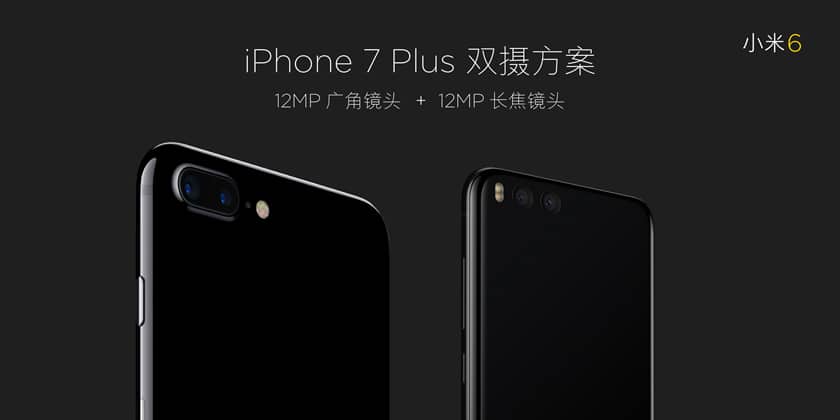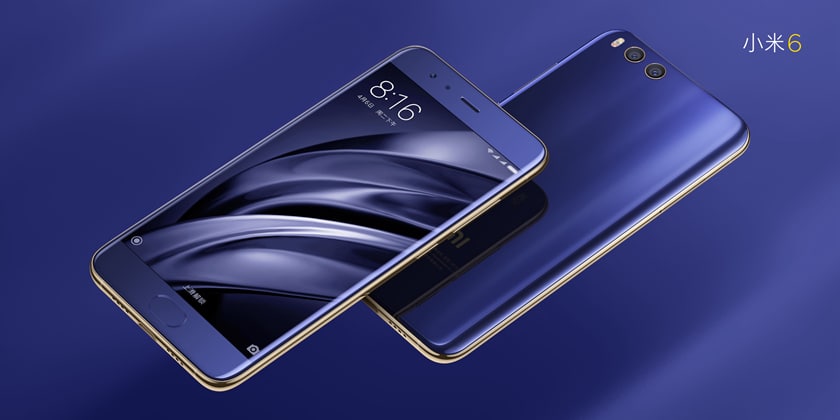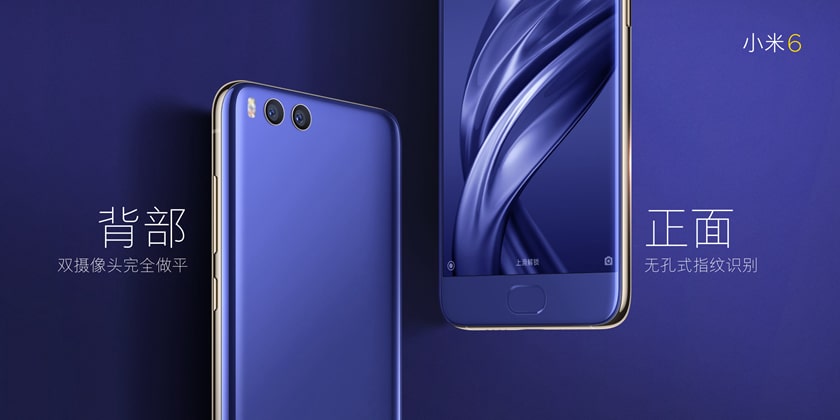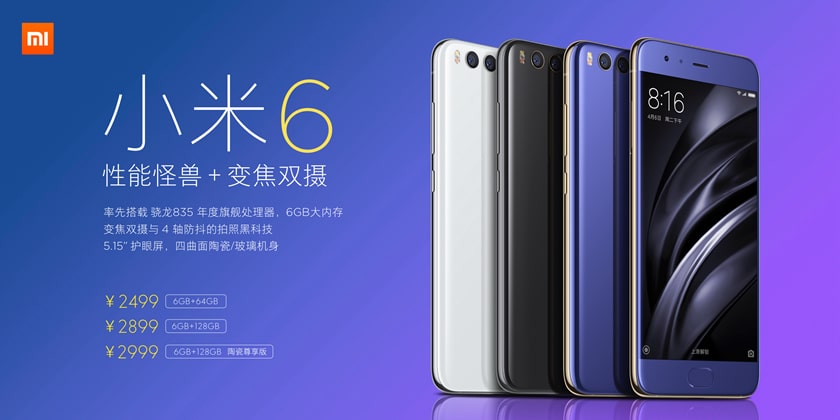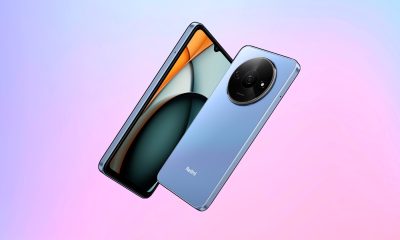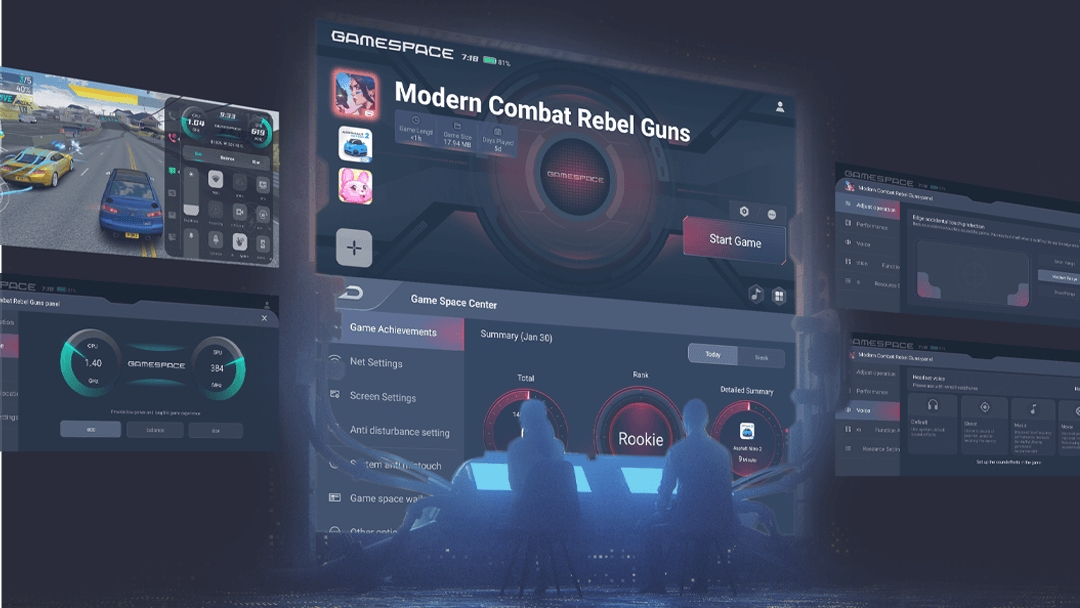News
Xiaomi Mi 6 has Galaxy S8’s power, iPhone’s dual-camera
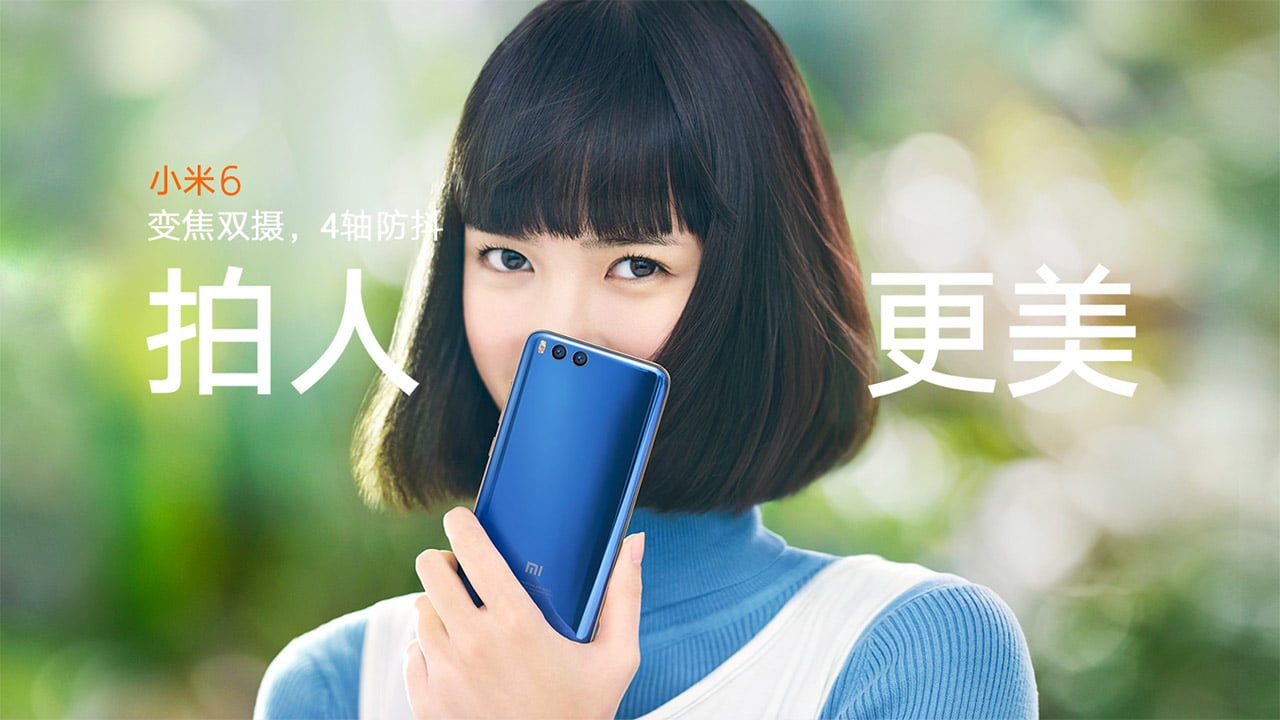
Xiaomi has done it again; its Mi 6 flagship smartphone takes the best features of today’s hottest handsets, mashes them into a sleek design, and sells it at a fraction of the others’ cost.
The thing is, Xiaomi isn’t even shy about copying its rivals. Just look at one of its official marketing materials from the official website:
That image is referring to the Mi 6’s use of two main cameras, one 12-megapixel camera for regular wide-angle shots and another 12-megapixel shooter for zoomed in photos just like — you guessed it — the iPhone 7 Plus. It’s admittedly a great setup, and something we appreciated on phones like the ZenFone 3 Zoom, as well.
As for the processor, it’s a Snapdragon 835, the same chip found in Samsung’s Galaxy S8, which was the first to launch with it. We detailed its best features when Qualcomm first announced it, but in a nutshell, it’s way ahead of the pack in terms of performance and efficiency thanks to a new fabrication, and you’ll want this in your next smartphone as much as possible.
The rest of the specs are just as impressive: 6GB of memory by default, a choice between 64GB and 128GB of internal storage, and a splendidly sized 3350mAh battery sandwiched between the 5.15-inch Full HD LCD in front and curved glass back. The only glaring omission is the 3.5mm audio port, which is odd considering how this isn’t exactly a razor-thin phone like the Moto Z. Just another case of Apple copying, perhaps?
In exchange for the lost port, we’re treated to stereo loudspeakers, splash resistance, and a well-aligned design Xiaomi appears to be so proud of. If you look closely at the promotional images, the slots and ports are symmetrical from top to bottom, side to side. No doubt it’s a good-looking gadget, but we’ll leave the final judgement to when we get it in our hands.
Now, for the best part: The Mi 6 will retail for a starting price of CNY 2,499 (a little over $360). That’s for the 64GB storage version. If you want the 128GB variant, you’ll have to fork over CNY 2,899 (about $420). And if you really want to treat yourself, there’s a ceramic black version with 128GB of storage priced at CNY 2,999 ($435).
These are very competitive prices for a phone that’s likely faster than any other handset available right now. We just have to hope Xiaomi will ship this beauty outside of China, and without added tax that may otherwise ruin such a great deal.
SEE ALSO: One month with Xiaomi’s Yuemi mechanical keyboard
[irp posts=”12207″ name=”One month with Xiaomi’s Yuemi mechanical keyboard”]

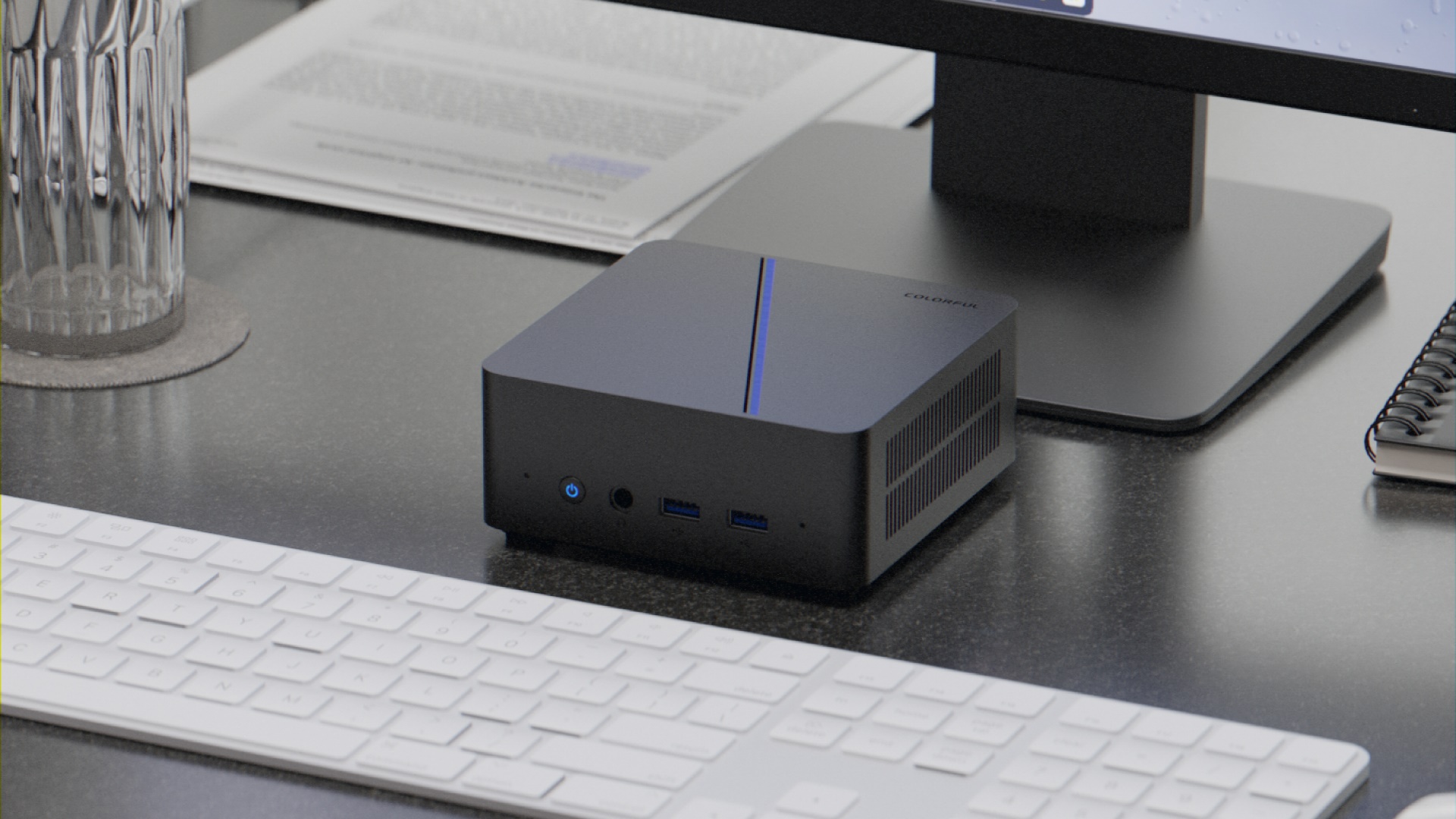
Colorful has announced its first ever Mini PC: The Colorful CMNH01-12450. This new offering gives users a solution for their daily productivity and entertainment needs, all in a compact and small PC chassis.
Space-saving computing
The Colorful Mini PC is a space saver. It is basically just five inches by five inches large, with a thickness of above two inches, conveniently fitting setups with limited spaces. It has a fast 2.5 GbE LAN port and an assortment of connectivity ports for other peripherals and devices.
It also has two USB2.0, two USB 3.2 Gen2, and one USB Type-C ports, as well as one DisplayPort and one 3.5mm audio jack. Furthermore, it supports PCIe Gen 4 SSDs, up to 64GB of DDR4 memory, and an M.2 slot for Wi-Fi modules.
Powerful, efficient
Performance wise, Colorful’s compact PC houses a 12th Gen Intel Core i5 12450H processor with eight cores and 16 threads. The PC can deliver a maximum boost clock of 4.4GHz. The chassis also has a silent turbo fan underneath for cooling. As for its GPU, the mini PC has Intel Iris Xe graphics. Moreover, it will run on Windows 11 Home.
Colorful looks to have different configurations for the product depending on the region. Pricing and availability will be announced later.
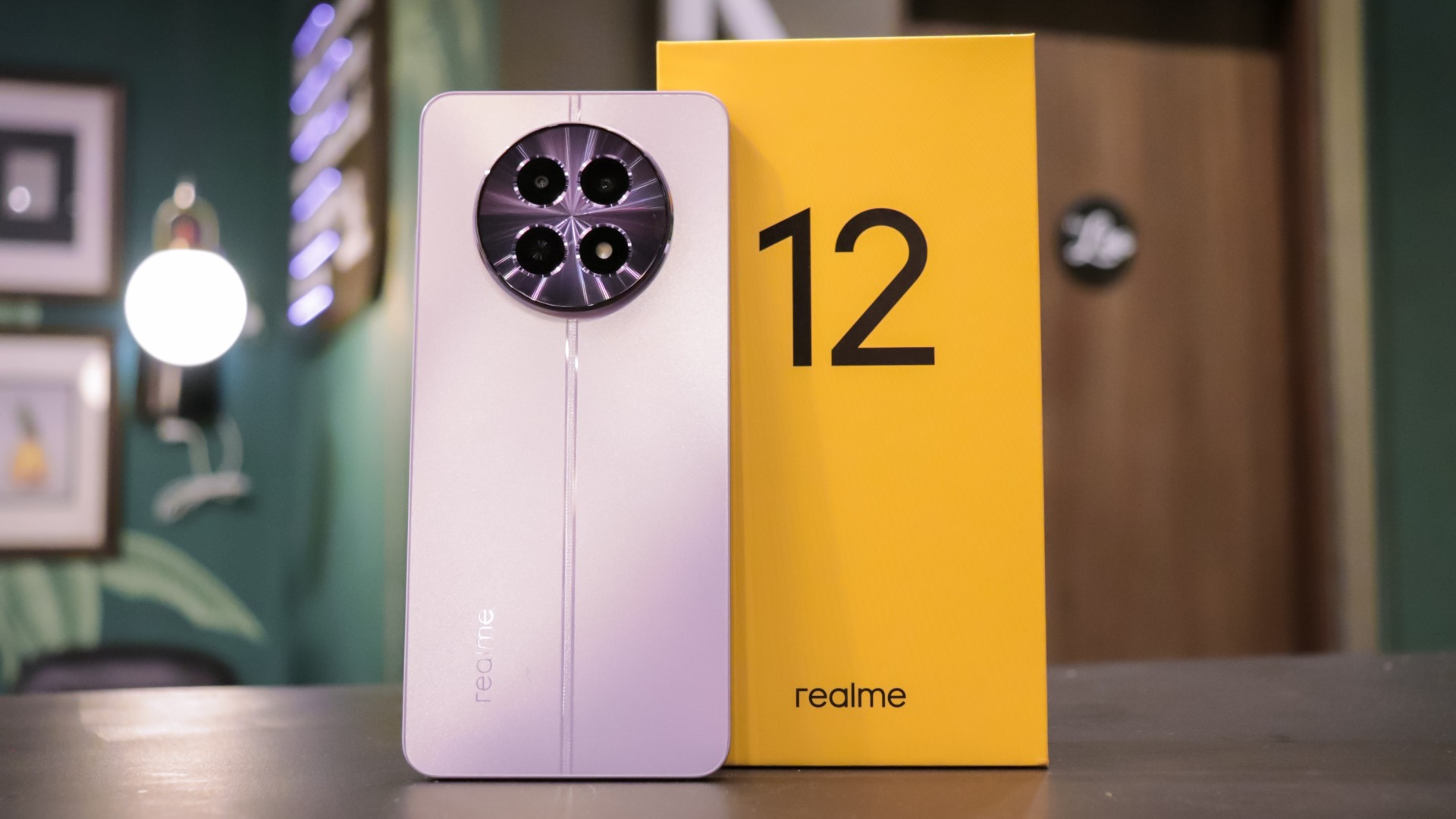
The realme 12 5G is now official in the Philippines. Months after launching the the 12+ and 12 Pro+ models under its latest number series line, realme is back with the release of the series’ base model. The realme 12 5G is priced at PhP 14,999 and is available through realme’s ecommerce platforms and offline stores.
As part of its launch, realme is offering customers exclusive deals starting April 25th:
Lazada Flagship (May 5 to 10)
- Free realme Buds T100
- Free TechLife Hair Dryer
Shopee Official Store (May 5 to 10)
- Free TechLife Power Bank 2 20,000mAh
- Free TechLife 4.5L See-Through Air Fryer
TikTok Shop (April 25, 7:30 PM to 30)
- Free realme Pocket Bluetooth Speaker
- Free TechLife Cooling Fan
James Afante TikTok Shop (April 25, 7:30 PM)
- Freebie package 1: TechLife Cooling Fan and Free TechLife 4.5L See-Through Air Fryer
- Freebie package 2: realme Buds T100 and Free TechLife 4.5L See-Through Air Fryer
- Freebie package 3: TechLife Portable Steam Iron, TechLife Electric Kettle, and TechLife Portable Electric Pot
ALSO READ: realme 12+ 5G review: One month later
For offline purchases, customers also stand a chance to win freebies worth up to PhP 24,999 with the Mystery Box promo. Furthermore, they may join the Lucky 12 Challenge for additional freebies when they purchase the realme 12 5G from any of the 100 selected concept stores, kiosks, and exclusive stores.
realme 12 5G
The realme 12 5G is just as capable as its 12+ and Pro+ counterparts. The model boasts of a 108MP 3X zoom portrait camera, taking off from the series’ Portrait Master positioning.
The phone is powered by a MediaTek Dimensity 6100+ 5G chipset, has 8GB of base RAM with 8GB RAM expansion, and a 5,000mAh battery with 45W SUPERVOOC Charge. In front is a 6.72-inch FHD+ 120Hz Sunlight Display that has a maximum brightness of 950nits. There is also an 8MP AI selfie camera.
Lastly, the handset also has a similar watch face design at the back. It is available in Twilight Purple and Woodland Green.
ALSO READ: realme 12 Pro+ 5G review: A midrange marvel
News
ZTE nubia Neo 2 5G now in the Philippines: Pricing, details
ZTE’s budget gaming phone gets an upgrade

ZTE has announced the availability of the nubia Neo 2 5G in the Philippines. The successor to the nubia Neo budget gaming smartphone, the second iteration is armed with an upgraded gaming control experience for Filipino gamers to enjoy.
The nubia Neo 2 5G retains the distinct Bionic Mecha with “Hero Eye” design from its predecessor. It is available in Storm Gray, Sunfire Yellow, and Frost Silver for PhP 9,999.
The phone is powered by a Unisoc T820 processor (6nm). It supports even more Dynamic RAM at 12GB to complement its 8GB base RAM, and also offers 5G dual-card intelligent switching. Additionally, the nubia Neo 2 5G carries an even larger 6,000mAh battery, which supports 33W fast charging.
ALSO READ: ZTE nubia Neo 5G: Decent for gaming
In front, the device sports a 6.72-inch FHD+ display with a 2,400 x 1,800 resolution and 120Hz refresh rate for seamless viewing and scrolling. At the back is a 50MP main camera.
Upgraded Game Space
The nubia Neo 2 5G features Game Space 2.0, an assistance tool that is reminiscent of a professional gaming layout. Here, users may tinker with game optimization functions, including Game Performance Enhancement. This adjusts the device’s CPU and GPU resources to help it manage power and battery usage.
The phone also supports ByPass Charging for uninterrupted gaming. Users may activate this charging feature while the charging cable is connected to the device. When under ByPass Charging, the phone gets powered up but without the battery charging so it can reduce heat.
Upgraded experience
Furthermore, one of the highlights of the nubia Neo 2 5G is its gaming shoulder triggers. This gives users more freedom and control while navigating and playing. Users may also customize the shoulder buttons based on their personal preferences.
Meanwhile, the phone’s Dual Stereo Speakers with DTS:X Ultra provide impressive sound quality. This is further enhanced with four built-in sound effects.
-

 Features2 weeks ago
Features2 weeks agoFortify your home office or business setup with these devices
-

 Reviews2 weeks ago
Reviews2 weeks agorealme 12+ 5G review: One month later
-

 Gaming2 weeks ago
Gaming2 weeks agoNew PUMA collection lets you wear PlayStation’s iconic symbols
-

 Accessories1 week ago
Accessories1 week agoMarshall Major V: Reasons Why I Love It
-

 Gaming2 weeks ago
Gaming2 weeks agoMore PlayStation 5 Pro specs have been leaked
-
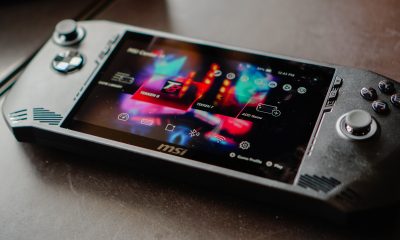
 Features1 week ago
Features1 week agoWhy choose the MSI Claw?
-

 Gaming2 weeks ago
Gaming2 weeks agoUbisoft is taking away copies of The Crew from your library
-

 Gaming2 weeks ago
Gaming2 weeks agoOne Piece Odyssey coming to Nintendo Switch


